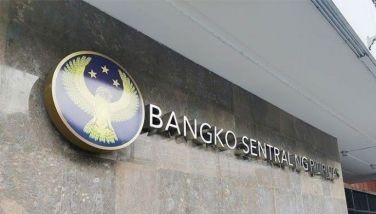Garment group mulls database to help revive ailing industry
MANILA, Philippines- The Garment and Textile Industry Development Office (GTIDO) is looking at creating a centralized database in order to help revive the local garments and textile industry.
In a statement, GTIDO said that in order to maximize and equitably distribute the opportunities and incentives offered under these programs, an important first step is to identify existing legitimate members of the industry nationwide.
One of the main concerns of the industry is the lack of a centralized database of complete, accurate and up-to-date information on the industry needed for formulating and implementing industry programs.
GTIDO stated that when the GTEB was deactivated in 2005, the automatic centralized capture of data and information on the garments and textile industry became non-existent although its remaining functions were devolved to other government/DTI agencies undertaking similar functions for other sectors.
Before, GTEB regulated the industry because of quota and licensing requirements that is why it was able to intrinsically build into its processes the automatic capture of all information relevant to the industry. These information were maintained in an updated database that was regularly used in the monitoring, evaluation and analysis of industry situation and export performance.
Prior to 2005, when the Philippine garments and textile industry was still under the quota regime, the sector was the second biggest exporter, next to electronics. The country’s export of garments and textile in 2003 was $2.4 billion, 83 percent of which went to the US market. The sector was also the highest direct employer in the country, with a total labor force of about 600,000 workers. The Philippines was then among the top major supplier-countries in the global market.
With the quota phaseout in 2005, many manufacturer-exporters closed their factories, transferred their operations to other low-cost producing countries or concentrated on the local market. As a result, the sector’s labor force shrunk to 150,000 workers and export performance declined to $1.6 billion in 2009.
At the same time, the government is preparing a five year Garment Plan, Supervising senior executive director of GTDO Lucita P. Reyes said. Under the plan, Reyes said they will look into options that will attract more players in the garments industry. Getting more players will not only increase the production and exports of the industry, it will also generate employment.
Reyes said they would also like to explore new export markets. Currently, the Philippines is seeking the help of United States lawmakers for the passage of the Save the Industries Act before the US Congress. The Save Act will provide for duty free importation of raw materials from the US and duty free re-export of the finished products.
Other potential market the Philippines is already exploring is China. Likewise, Reyes said they are exploring options as to how to revive trade with the European Union. Reyes said that it is a little difficult to penetrate the European market because they can source their garments from nearer countries like Turkey.
- Latest
- Trending



























